Heritage Trail Location 14
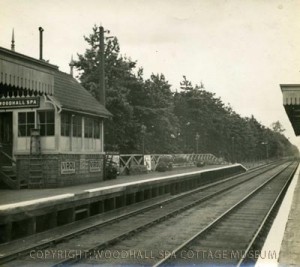
Photo 1 - Woodhall Spa Railway Station. (Photo courtesy of Woodhall Spa Cottage Museum)
Woodhall Spa Station, on a branch line between Kirkstead and Horncastle, was constructed in 1855. (This was after opposition from the Canal Company, which feared loss of custom for its boats, which carried produce on the River Witham).
The station was a success immediately. People in the Spa could travel locally to Horncastle, Boston and Lincoln, or farther afield, without having to make their way to Kirkstead Junction. It was obviously, also a benefit to visitors and numbers increased significantly after the station was opened.
In 1888, it was extended to include, two platforms, with a canopy over the South side, a new passing loop, a new signal box, a waiting room ,”booking hall” and a bookshop. The alterations, together with a footbridge over the line at Tattershall Road, cost £6,112-16-2d. Railway staff were instructed to salute trains and there was to be no spitting or whistling!
The narrow shoe shop at the end of the row on the Broadway is wedge shaped because the platform ran along behind it.
It was possible to travel to London without changing trains, because a coach was unhooked and hitched onto the next train at Boston and a daily service (excepting Sundays) from King`s Cross to Horncastle, was introduced in 1898.
In March of 1912, the General Northern Railway was “conferring with the Gas Company with a view to lighting the station by gas.”
The trains travelled remarkably quickly. In a G.N.R. timetable of 1913, the journey of the through coach from Woodhall Spa to King`s Cross took 2 hours 58 minutes and the return 3 hours 17 minutes.
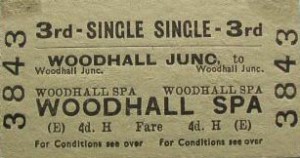
Photo 9 - 3rd class railway ticket from Woodhall Junction to Woodhal Spa. (Photo courtesy of Woodhall Spa Cottage Museum)
In 1953 there were 5 daily passenger trains each way and a pickup goods train from Kirkstead to Horncastle but it was decided that the railway must go. After a hard fought battle with the authorities and the government, the passenger service ceased in September 1954. The last train was of 6 carriages, as sentimental last journeys were anticipated. This proved to be too long for the platform at Woodhall! However, there was an atmosphere of solemnity. Black crepe was tied around the door handles and a wreath placed on the engine, then the last train steamed out of the station.
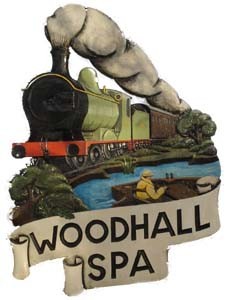
Photo 3 - Woodhall Spa village sign
A brief history of the role the railways played in the development of the village of Woodhall Spa and the businesses that depended on the spa and its waters.
Woodhall Spa was served by two railway lines and two stations. Woodhall Junction, which still stands by the River Witham near Kirkstead Bridge, was built in 1848 by the Great Northern Ra
ilway Company as one of the stations on its original main line from London to the north. Queen Victoria is understood to have passed through the station in 1851 on one of her earliest rail trips to her Scottish castle at Balmoral. She is reported not to have enjoyed the experience, and refused to leave the train at Lincoln to meet local dignitories.
The original name for this station was Kirkstead, reflecting the much greater importance of Kirkstead than Woodhall at the time. The name was changed to Woodhall Junction in 1922 as part of a publicity drive to persuade more people to visit the spa.
The locomotive portrayed on the Woodhall Spa sign is similar to a number of express locomotives which would have used the lines through Kirkstead Station at the turn of the century. Woodhall Spa itself would have been served by smaller and older rolling stock, unless a special train was coming to the village or Horncastle.
Kirkstead/Woodhall Junction was a substantial station for such a rural area. It had a large goods yard, its own motor transport department and a pumping station to draw water from the river for the locomotives. Over 20 men and women were employed there for most of its existence.
The station in Woodhall Spa itself, of which nothing now remains apart from a hump in the road at the old level crossing site outside the Post office, and a small piece of railway fencing at the west end of the Broadway shops, was much smaller. Six people worked there for the railway company, and a single siding served a coal merchant in what is now Sainsbury's supermarket car park. It was originally even smaller, just a halt on the Horncastle and Kirkstead Junction Railway, built by the Horncastle Railway Company in 1853.
The railways played a major part in the development of Woodhall Spa as a health resort and a fashionable place to visit. As the number of visitors to the spa increased, that original halt proved too basic, and it was rebuilt in 1896 to offer better facilities, including its own bookstall.
Traffic on all the railway lines in Lincolnshire declined steadiliy from the 1920’s, and despite playing a major part in the supply of the Royal Air Force and Army bases in the area during the Second World War, the private car and motor lorry continued to take away business in the post war years.
Passenger traffic to Woodhall Spa station ended in 1955, and at the junction in 1970, following the report of the infamous Dr Beeching, although a small amount of goods traffic from Lincoln to Horncastle continued to use the lines for another year.
Read on for more information on the railway lines
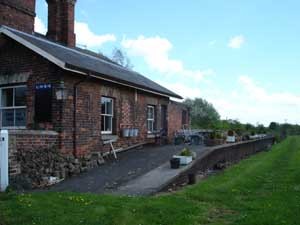
Photo 4 - Woodhall Junction station
Great Northern 'Loop' line
In 1846 the Great Northern purchased the Witham Navigation and construction of a 58 mile Lincolnshire 'loop' line from Peterborough to Lincoln via Spalding and Boston commenced early in 1847. Kirkstead, later renamed Woodhall Junction was one of seven stations constructed on the section between Boston and Lincoln. The line opened in 1848 and for a brief period was the main route to the north and Scotland until the main line from Peterborough to Doncaster via Grantham and Newark opened.
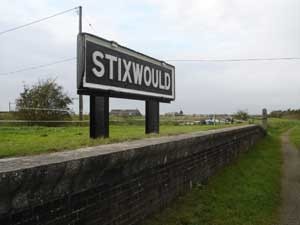
Photo 5 - Stixwould station sign - now part of the Water Rail Way
Travelling north from Woodhall Junction to Lincoln there were three stations, sited at Stixwould, Southrey and Bardney. Travelling south the stations were at Tattershall, Dogdyke and Langrick
The disused track bed is now an off-road walking and cycling route along the River Witham from Kirkstead Bridge near Woodhall Spa to Lincoln via Bardney. The route is called the 'Water Rail Way'.
The New Line
The line between Kirkstead and Little Steeping opened to goods traffic on Sunday the 1st of June 1913. The route providing a more direct and faster link between Lincoln and Skegness than previously offered by the Lincoln-Boston, Lincoln-Louth routes. There were five stations along the route, at Coningsby, Tumby Woodsde, New Bolingbroke, Stickney and Midville, before joining the East Lincolnshire line near Firsby.
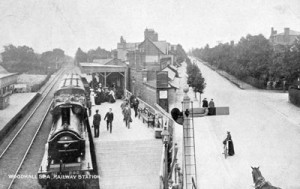
Photo 6 - Woodhall Spa Railway Station (Postcard in Webmaster's collection).
The Horncastle & Woodhall Junction Railway
The branch line from Woodhall Junction to Horncastle opened for traffic on the 11th of August 1855 and finally closed in April 1971. Woodhall Spa station was demolished during the 70s, however, the Woodhall Junction Station buildings still stand and are in private ownership.
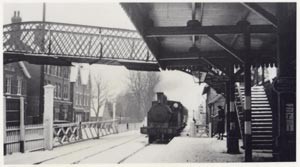
Photo 7 - View west from the platform. Post Office on left. (Photo courtesy of Woodhall Spa Cottage Museum)
The track bed beyond Woodhall Spa golf course to Horncastle now forms part of the Viking Way and Spa Trail footpaths.
The site of Woodhall Spa railway station is now used as a car park.
This image shows where the station was; one type of transport having made way for another.
The station site is now a car park is behind the shops on the Broadway. This view is looking west and the back of the shops can be seen on the left.
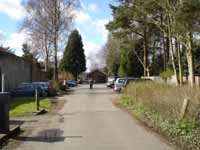
Photo 8 - Site of Woodhall Spa railway station behind the Broadway shops
Further Reading
| Title | Author | Publisher | Year | ISBN |
|---|---|---|---|---|
| The Lincolnshire Loop Line (GNR) and the River Witham | A.J.Ludlam | The Oakwood Press | 1995 | |
| The Horncastle & Woodhall Junction Railway | A.J.Ludlam | The Oakwood Press | 1986 | 0 85361 326 5 |
| The New Line, Kirkstead-Little Steeping including Lincoln to Skegness | Stephen Walker | KMS Books, Boston, Lincs | 1985 | 0948017 02 3 |
| Railways of Lincolnshire | Paul Anderson | Irwell Press, Oldham | 1992 | 871608 30 9 |
| Lost Railways of Lincolnshire | Alan Stennett | Countryside Books, Newbury, Berks | 2007 | 978 1 84674 040 4 |
| Lincolnshire Railways | Alan Stennett | The Crowood Press | 2016 | 978 1 78500 082 9 |
| East Lincolnshire's Lost Railways | Alan Stennett | Lincolnshire Wolds Railway Society | 2020 | 978 0 99546 103 1 |
Page reviewed 26 Dec 20

London & North Eastern Railways (LNER) railway poster

London & North Eastern Railways (LNER) railway poster